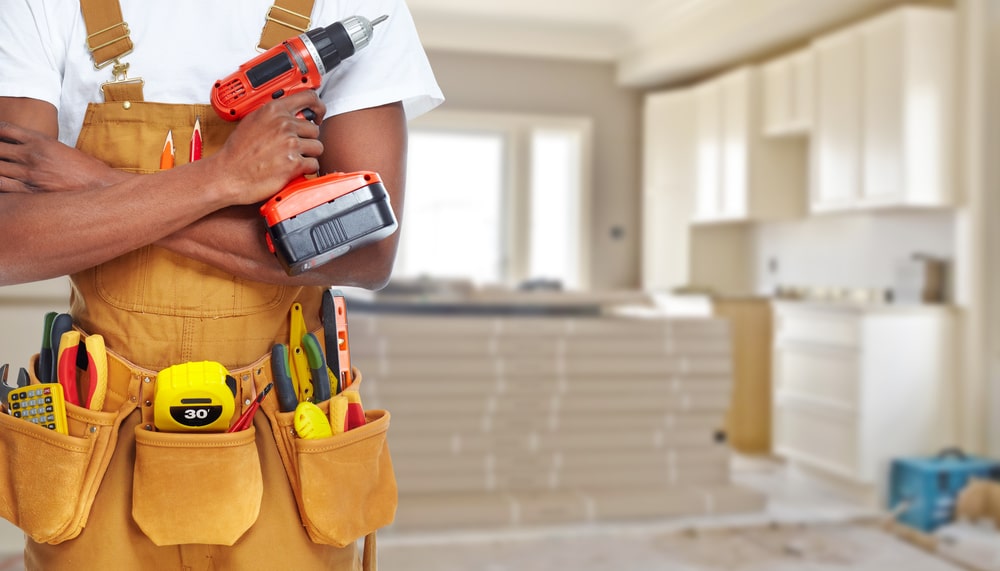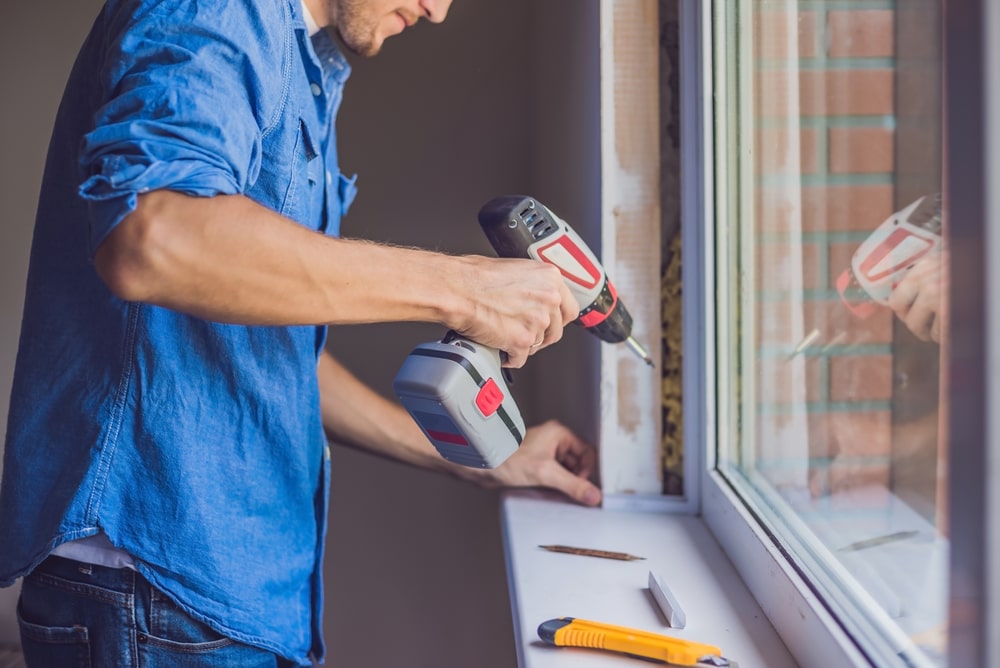The Money Place presents: easy ways to finance your home repairs!
Giving your home a much-needed makeover is one of the best things you can do. But the excitement and novelty of a new project can quickly wear off when you notice that you can’t finance your home repairs.
One of the most important steps in any big project is deciding how you’ll pay for it. We know that sometimes money can be short, which is exactly why we’ve talked to experts to give us their best tips. There are lots of ways to pay for home improvements, including non-equity choices like credit cards and personal loans, as well as those that use the equity you’ve built up in your home.
So without further ado, if you want to discover some amazing ways to finance your home repairs, keep reading! We’ll share all of these great tips with you!

Finance your home repairs option 1: Equity
When you borrow against your home equity, you can use the money to finance a redesign by taking out a second mortgage or paying off your existing one. Low-interest rates are common with this kind of financing, and if you use the money to do home upgrades, the money paid on those loans is tax deductible.
You should know that with equity financing, the lender will ask for a home appraisal, and you will be responsible for paying the closing expenses. Moreover, your home will also be used as collateral, which means that your lender can take your house if you fail to make the necessary payments.
Do you know how to finance your home repairs? Then here’s what you have to know!
Home equity loans
One of the easiest ways to finance your home repairs is to get a home equity loan. This allows you to borrow up to approximately 90% of your home’s value minus what you owe at the moment.
You will get the money you need for your project in a lump sum, and you’ll repay it over a term that is typically 30 years or less. Another thing you should know about these types of loans is that they have fixed interest rates and monthly payments.
Experts say that since these loans are fully funded at one time, you should opt for a loan like this when you know how much the renovation project will cost.
Home equity lines of credit (HELOC)
A HELOC is a credit line you can draw from if you need to finance your home repairs. You make minimum payments only for the amount you borrow to finish your projects.
The amount you can get with a HELOC is around 85% of your home’s value minus what you owe on your mortgage. Keep in mind that interest rates are variable, which means that your monthly payments won’t be the same every month; they’ll fluctuate as the rate changes.
Experts say that you usually have 10 years to spend the money you got from a HELOC and 20 after that to repay. If you don’t know how much money you need to invest in your home upgrade project, HELOC might be great for you because it offers the flexibility to draw money as you need.

Cash-out refinance
If you have a mortgage and you want to finance your home repairs, you can choose to get a cash-out refinance. This will replace your mortgage with a bigger one, and you can receive the difference between your actual mortgage’s balance and the new one in cash.
According to experts, a cash-out refinance is a good option for you in case you need a big loan to renovate a place you plan to stay in the long term. Ideally, your new mortgage has a lower interest rate than the one you already have.
If you decide to opt for any of these plans to finance your home repairs, make sure you check them out, read the terms and conditions, understand the fine print, and then sign. You need to make sure that you have no questions before you make such big decisions so that you won’t be surprised after a while.
Option 2: You can finance your home repairs without equity
Personal loans
If you want to finance your home repair projects quickly, you can opt for an unsecured personal loan. The majority of owners can fund a loan in no less than a week, as opposed to home equity financing plans, which involve underwriting and appraisal processes and can last a long time.
If you want to get a personal loan, keep in mind that the rates range from 6% to 36%, which is higher than the majority of home equity options but lower than a couple of credit cards. While there are some home improvement loans for people who have bad credit, below 630, for instance, the lowest rates are put aside for borrowers who have good and amazing credit scores.
As for the time you have to repay these loans, you have between two and seven years for that, but keep in mind that some lenders will offer big terms of up to 12 years for home improvement projects. Moreover, a shorter term might raise your monthly payments, and longer ones can cost more in total interest.
If you need more help, several online lenders will offer borrowers pre-qualification, which will help them see their potential rate, monthly payment, and loan amount. You can fit these loans into your monthly budget, considering that they come in a lump sum and are repaid in fixed amounts.
According to experts, a personal loan might be a good choice for you in case you need to take care of urgent repairs or projects. If you can’t borrow against equity, a personal loan can help you out, considering it can cover larger projects too.

Credit cards
If you want to take care of smaller projects in your home, you can opt for a 0% APR credit card that you can pay off during your interest-free period, which typically lasts between 15 and 18 months. However, keep in mind that you need to have good or excellent credit to qualify for these credit cards (690 or higher).
Some cards give rewards on particular purchases, such as home improvement expenses. Other options that offer special promotions or financing are retail cards, but these are amazing if you get the majority of your supplies from the same store, for instance.
If you want to finance home repair projects that don’t cost more than a couple of thousand dollars, a credit card might be the right option for you.
Government loans
The last option we’re going to talk about today is government loans. Title 1 loans, for instance, are suitable for borrowers who want to give their homes a makeover. The tasks they want to take care of include accessibility, purchasing appliances, or making it more energy-efficient.
If you’re interested in a government loan, you can borrow up to $25,000 for a single-family home, and you pay it back in around 20 years.
Keep in mind that you’ll be required to put your home as collateral in case you opt for Title 1 loans above $7,500. If you’re a first-time home buyer, you need to be in the home for at least 90 days to borrow.
Another important thing to remember is that not all lenders offer government loans, and you’ll need to search the lender list to see if your lender allows you this option or not.
Experts say that if your home improvement project qualifies for this type of loan, it can be for all or some parts of it. As I’ve previously said, make sure you do your research before you choose any of these plans!
Other than that, until you discover the best way to finance your home repairs, I have a recommendation that will make your home look and feel a lot nicer! Here’s a wonderful mirror that will completely change its look! Check it out!
If you find this article helpful and you want to check out something else from The Money Place, here’s a good post for you: Alert! Here’s Why Your Car Insurance Rate Is Rising In 2024!












